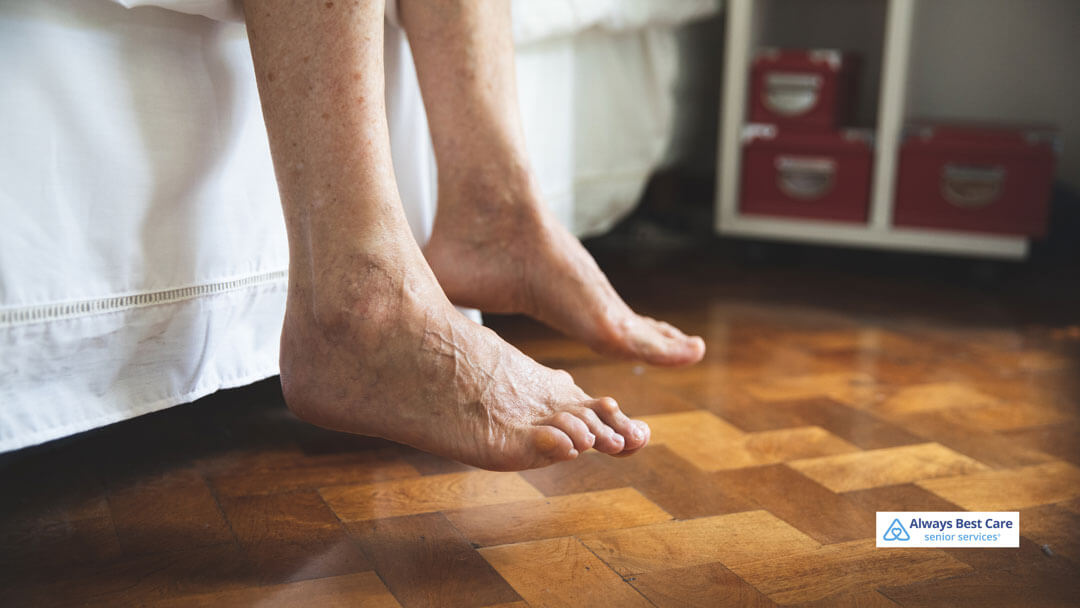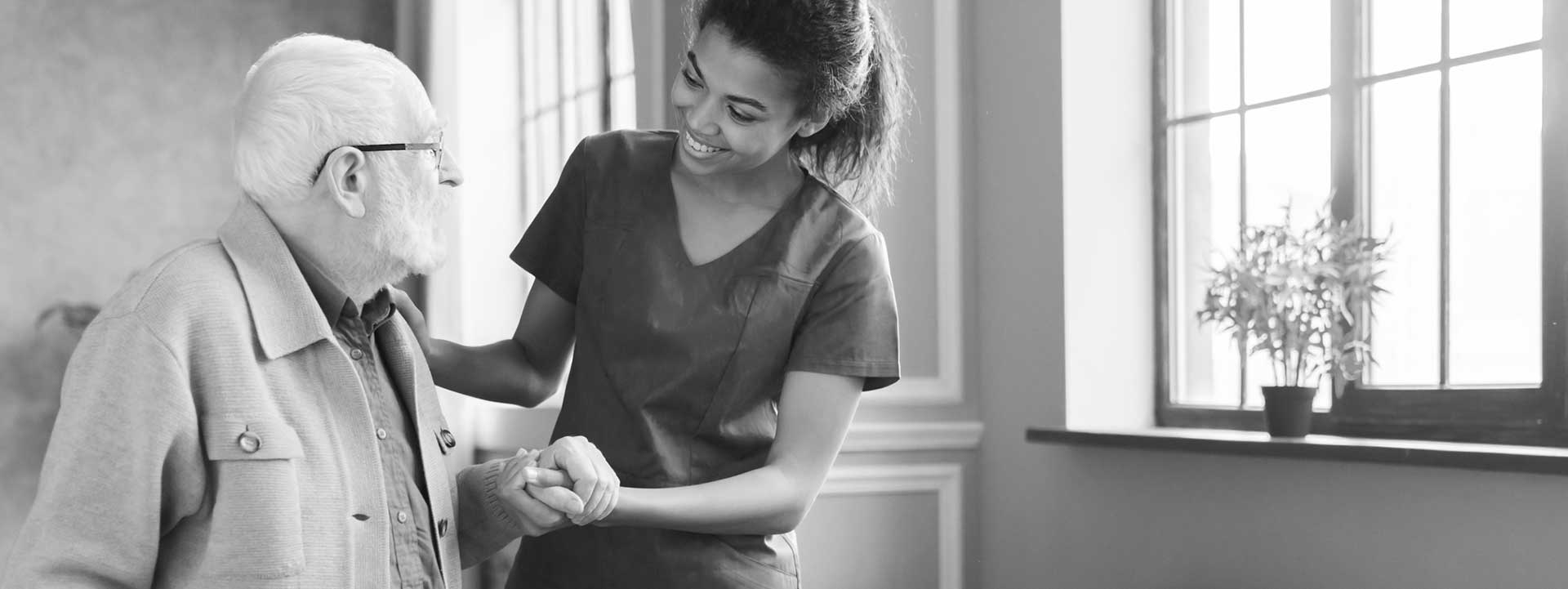On Your Feet: Common Foot Problems for Seniors

Did you know that each of your feet has 26 bones and 33 joints? Additionally, the combined total of muscles, tendons, and ligaments in your feet exceeds twice that number. Given this complexity, your feet endure significant wear and tear throughout your life. Consider the extensive time you spend walking, running, and navigating various surfaces and postures.
As you age, the skin and fat pads on your feet become thinner. Circulation and feeling in your feet may decrease. Your bones may become more brittle and susceptible to injury. A twisted ankle, broken bone, blister, or cut can significantly impact your comfort and mobility. Taking care of your feet is an essential part of your overall health.
Table of Contents
Inspect Your Feet Daily
The importance of daily foot inspections cannot be overstated for seniors. With age, the skin on the feet thins, and fat pads diminish, making feet more susceptible to injuries, infections, and complications from seemingly minor ailments like blisters or cuts. Use a long-handled mirror to examine all areas of your feet each day. Check for any color, texture, or sensation changes, and look for signs of bruising, blisters, cuts, or swelling. Addressing these issues promptly can prevent further complications.
Move Your Feet
Staying mobile plays a critical role in foot health. Prolonged periods of inactivity can impair circulation and contribute to swelling. Make it a practice to rotate your ankles, stretch your feet, and walk regularly. Simple exercises like lifting your toes or rolling your feet over a ball can strengthen muscles and improve blood flow. Regular movement not only aids in maintaining foot flexibility but also helps prevent conditions like deep vein thrombosis.
Keep Nails Trimmed
Ingrown toenails are a common and painful issue that can severely affect a senior’s mobility and quality of life. Regularly trimming toenails prevents them from growing too long and cutting into the skin. It’s best to cut nails straight across and avoid rounding the corners to prevent ingrown nails. Additionally, soaking your feet in warm water before trimming can soften the nails, making them easier to cut.
Use a Moisturizer
After bathing, applying a moisturizer can significantly improve the hydration of the feet, which is essential in preventing dryness and cracking. Look for creams and ointments specifically formulated for dry and cracked feet. These products help to repair the skin barrier and keep the feet supple and free from painful cracks.
Wear Good Fitting Shoes
Wearing ill-fitting shoes can lead to a host of foot problems, including corns, calluses, and blisters. Our feet can change in size and shape as we age, so it’s crucial to wear shoes that fit well and provide adequate support. Shoes with a firm sole and good traction can minimize the risk of falls and provide stability. Choosing shoes with sufficient arch support to distribute weight evenly and reduce pressure on any part of the foot is also advisable.
Be Proactive about Your Foot Health
Regular check-ups with a healthcare provider specializing in foot care (podiatrist) can help catch and treat common foot problems early. Discuss any new pain, changes, or concerns during these visits. Additionally, a family member, caregiver, or healthcare professional can assist with daily foot care routines if mobility or vision is an issue.
In-home caregivers can be invaluable in assisting with routine foot care. This includes helping with nail trimming, moisturizing, daily foot inspections, and even arranging visits to a healthcare professional. They can also help create a safe home environment to prevent falls. Contact Always Best Care Denver at +1 720-310-6998 to schedule a free consultation and learn more about how you can benefit from in-home care.





